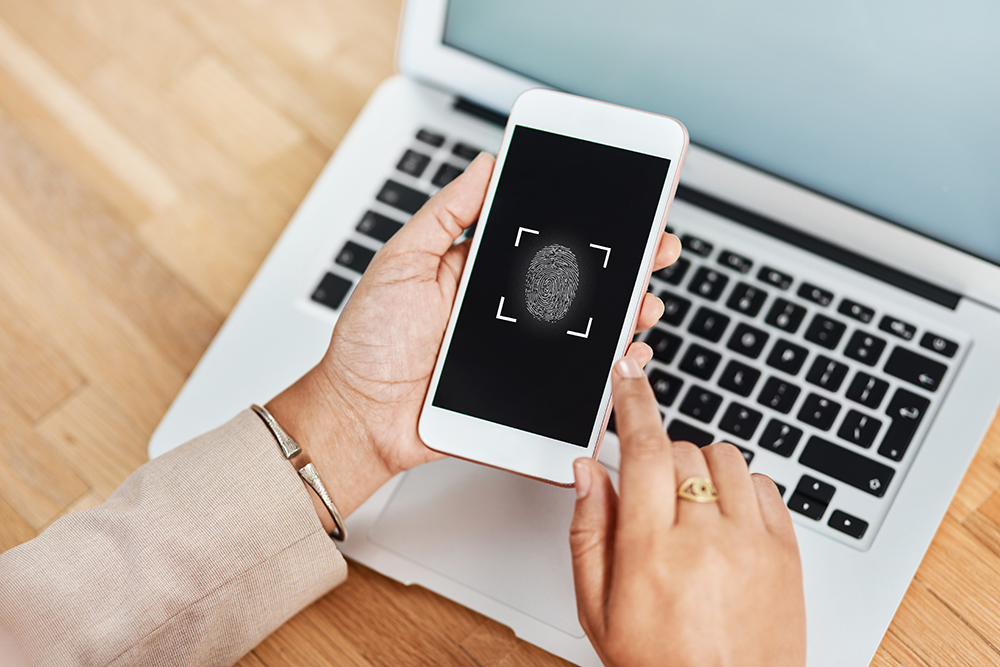
Is That Email or Text Message Real?
There have been recent incidents in Jamaica where persons have received fake emails from criminals, which appear to be legitimate correspondence from their bank. The emails may sometimes bear the customer’s bank logo or name, or it may contain a name and logo that is very similar to the customer’s bank. It may also use language and calls to action that their bank would seem to ordinarily use.
Similarly, there have also been instances, where persons have received text messages from criminals, which also use numbers, names and language that seem legitimate and familiar. Often these messages, whether text or email, contain malicious links that are intended to steal customers’ information so the criminals can get access to their bank accounts.
These methods of fraud are known as phishing (as in the case of email messages) and smishing, in those cases where text messages are used. While customers can’t necessarily avoid receiving these emails and text messages, they can protect themselves from fraudsters by learning how to spot phishing and smishing scams.
Here’s are some actions to take to stay alert and safe:
- Be cautious with all links and attachments.
Where applicable, scan them before downloading or opening. In an email, hover over the link with your mouse to see if it’s different from the URL (the website address) in the message. If you spot a difference, it’s probably a phishing email.
- Do not open messages from unknown senders.
- Look for misspellings and poor grammar.
These are red flags. However, scammers are getting better at communicating and their messages may contain fewer grammar mistakes. Therefore, read messages carefully. If they ask for personal information or suggest that you confirm an action, initiate activations, claim refunds, sign-up for a service or product, or to access your account by clicking a link or replying to the message, be very careful. If in doubt for any reason, call your bank.
- Confirm that the name of the sender and the email address are consistent.
It’s easy to create display names for emails, so from your laptop or desktop, hover over the FROM and the TO email addresses with your mouse to expose the email address of the sender.
- Red flag text messages and emails that tug on your emotions.
Look out for suspicious messages that contain threats, request urgent action, or that try to stir fear.
- Don’t share your passwords or other personal information with anyone.
- Report any suspicious emails or text messages immediately.
Call your bank or the police. You may reach our Member Care Centre at 888-991-4065/6 24/7, including weekends and public holidays.
[Recommended reading]
Check out more stories like this

When Push Comes to Shove! Protect Yourself from MFA Fatigue Attacks
Multi-Factor Authentication (MFA) is one of the best ways to...

Salvation Army, Harvest Time and Cooreville Benefit from JN’s Labour Day Efforts
In observance of this year’s Labour Day, the JN Circle...

No Timelines, Just Purpose, The Steady Ascent of Elizabeth Ann Jones in Tax Service
From a modest rural upbringing to becoming one of the...